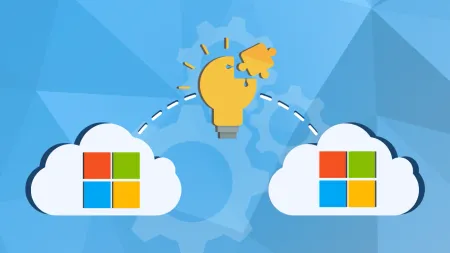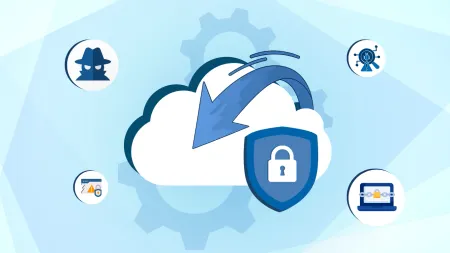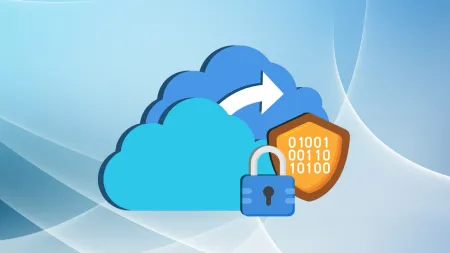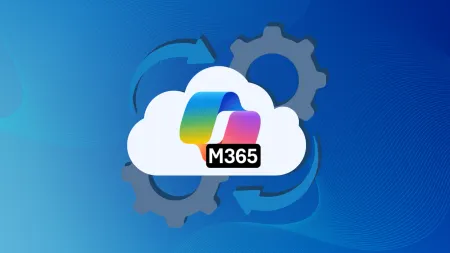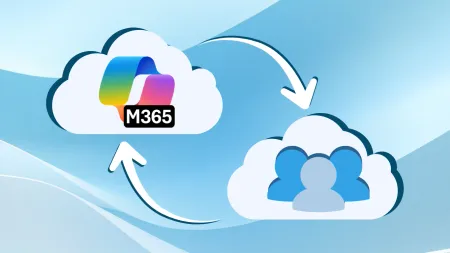Customizing Office 365 Pro Apps to Install with Click to Run
Click toRun is a method of installing the Office suite to PCs and MACs through the use of streaming Microsoft appears to be moving away from the ...

Click -to-Run is a method of installing the Office suite to PC’s and MAC’s through the use of streaming. Microsoft appears to be moving away from the traditional msi installer and redirect its efforts towards the Click-to- Run feature. The Click-to Run feature has been great solution for the END user to download a copy of the software for the PC, but it has been a challenge for companies that may need to get the software out to larger groups that had previously relied on the use of the Office Customization Tool (OCT) to customize the delivery of the deployments to end user. As the Office 365 Click-to-Run method continues to build steam in become more widely accepted the functionality has started become more versatile giving way to easier deployment methods. I cover a few of the different methods for delivery in a different blog (MDT, Windows Intune, Group Policy, & Staged Installer using a Shared Drive).
While Microsoft has not found a way to provide customizations at the same level as OCT it has added a new feature that will allow you to choose between which products of the Office suite you would like to stream down, this is great news because not only does it prevent the use of unwanted applications but can significantly reduce the amount of bandwidth needed to steamed. Here’s how it works:
Step 1. - First, you’ll need to download and install the Office Deployment Tool for Click-to-Run. Save it to your desktop or some location you can easily retrieve it from.
Step 2. – If you do not already have an extraction tool such as winzip or 7-zip you will need to download a copy as you will need it extract files. I recommend 7-zip as it is free and does not require a license.
Step 3. – Next go to the location where you downloaded the Office Deployment Tool and right click on the Icon. And extract the files to a folder (you can choose to just extract to the same folder or create one for extracting to this location).
Step 4. – Once you have extracted the files you should see a setup.exe file, EULA. Txt, and a configuration.xml file. On the configuration.xml file right click on it and open it with note pad.
Step 5. –For this example we are going to assume you are installing 32 Bit version of Office. If you want to install the 64 bit version you simply need to change the “32” in the configuration file to a “64” Add Office Client Edition tag. Remove the contents of the existing configuration file that is in place and replace it with the one that have provided here: http://1drv.ms/1lIoQM4
Step 6. - Now that you have replaced the contents of the configuration file there is just one more adjustment we need to the xml. We need to add a entry to omit all the programs from Office you don’t want installed. To do this locate the tag line that states <Language ID="en-us" /> and press enter to make a space for your new entry. Let’s say that we don’t want Microsoft Access and Lync installed we would create an instance for each item that we want to omit. The entry would be <ExcludeApp ID=“Access” /> .You would then press enter to create a space for another line entry and type <ExcludeApp ID=“Lync” />. Save the changes to the configuration.xml file.
When complete you configuration.xml file should look something like this:
<Configuration>
<Add OfficeClientEdition="32" >
<Product ID="O365ProPlusRetail">
<Language ID="en-us" />
<ExcludeApp ID="Access" />
<ExcludeApp ID="Lync" />
</Product>
</Add> -->
<!-- <Updates Enabled="TRUE" UpdatePath="ServerShareOffice" /> -->
<Display Level="None" AcceptEULA="TRUE" />
<Logging Name="OfficeSetup.txt" Path="C:MININTSMSOSDOSDLOGS" />
<Property Name="AUTOACTIVATE" Value="1" />
</Configuration>You are now ready to stream down only the Office products you want!
**Jerry Stidham
**Agile IT
Cloud Deployment Specialist
